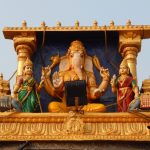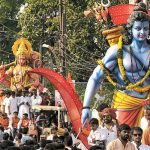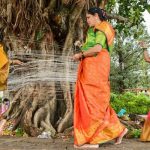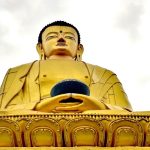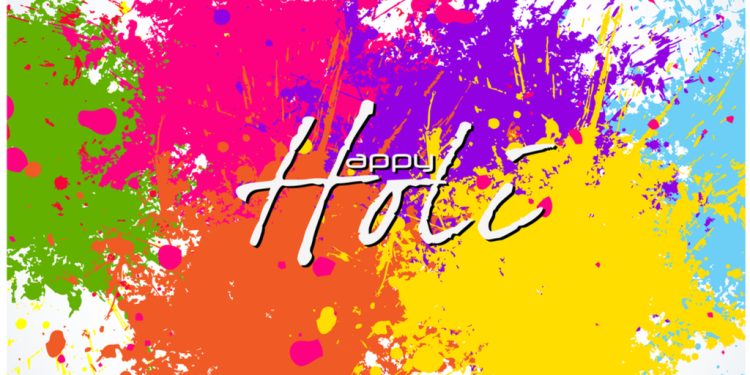
Holi
Holi is an annual Hindu festival celebrated in India and Nepal during the spring. It is often referred to as the “Festival of Colors” because of the traditional throwing of colored water or powder by its participants. It is usually celebrated on the full moon (the Phalguna Purnima) before the beginning of the Vernal Equinox, based on the Hindu calendar. Since the Hindu calendar is a lunar calendar and the Gregorian calendar is a solar one, this holiday can fall anywhere from February to March.
This holiday has many different purposes, but they are all pretty much related. The festival is often seen as the end of winter, the conquest of good over evil, and the victory of love over hate. It is seen as a day on which participants can come together, mend broken relationships, and enjoy each other in a very mirthful way.
The History of Holi
It is not exactly known when this holiday was first celebrated, but it has been observed since ancient times. This holiday is based on a Hindu legend that has been passed down for generations. In this legend, the demon king Hiranyakashipu attains powers that make him indestructible and also makes him very prideful. He begins to feel like he is a god and not only refuses to worship Lord Vishnu but also demands that those around him worship him instead of Lord Vishnu. His son Prahlada refused, however, and stood up to his father. This enraged the demon king, and he inflicted a lot of different punishments upon Prahlada – none of which swayed him from his loyalty to Lord Vishnu. Eventually, his evil aunt Holika (from whom this holiday gets its name) tricks Prahlada into sitting on a pyre with her. What he didn’t know was that she was wearing a cloak that granted her immunity from the fire. When the fire was started, the cloak flew off Holika and covered Prahlada—granting him protection from the fire. This enraged Hiranyakashipu, who attempted to strike out in anger. However, Lord Vishnu arrived in the form of Lord Narasimha and struck down Hiranyakashipu before he could harm Prahlada. The next day, people began to assemble at the site of the bonfire and started to apply the ash to their foreheads.
Holi Traditions and Practices
How long Holi is celebrated varies depending on where it is celebrated. In some localities, it is only celebrated for two days. In other localities, it is celebrated for up to five days. However, while the length of time may change from place to place, many of the traditions remain intact. The first day often begins with a public bonfire, which commemorates the burning of Holika. This fire, burning with waste wood that is nearby, is lit around the rising of the full moon. The bonfire and the ritual lighting of it symbolize good conquering evil.
The next day is when the fun really begins. Armed with plant-based colored powders and water guns filled with colored water, people hit the streets and begin to color themselves and each other. It is a time of great jubilation and joy. Afterward, people clean up and greet friends and family. Some families have a great feast at the end of the festivities, and sweets are almost always exchanged following this dinner.
This festival is a time when people can not only enjoy each other’s company but also loosen many of the social restrictions that are endured during the rest of the year. During this time, it doesn’t matter what sex, caste, or age the people are. They can all interact and have great fun with each other. It is a time when groups of people can come together and celebrate life together. It doesn’t matter if they are men or women, employer or employee, or whether they are rich or poor. All can come together and enjoy life with one another.
